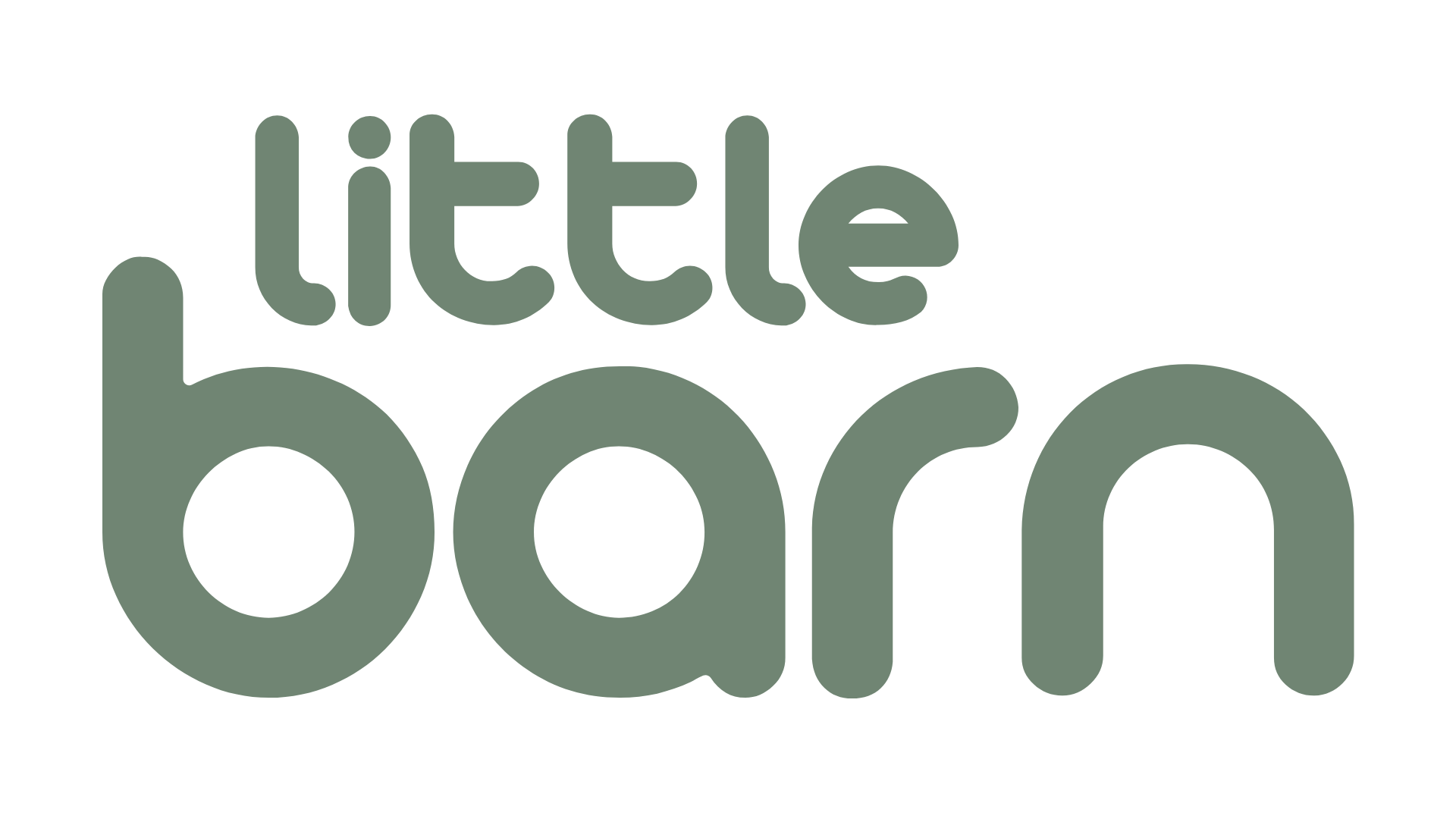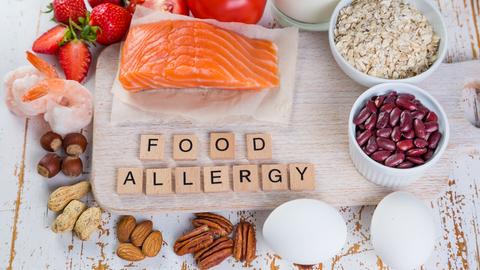As a parent, your little one’s health and safety are always your top priorities, and food allergies can be one of the most concerning issues you’ll face. Recognizing the signs of an allergic reaction early is crucial to keeping your baby safe and comfortable. In this post, we’ll walk you through how to identify food allergies, spot the symptoms, and know exactly what to do if your baby has an allergic reaction.
The Common Types of Food Allergies in Little Ones
Food allergies in babies and toddlers are relatively common and can range from mild to severe. Here are the most common allergens to be aware of, along with the typical onset time and symptoms for each:
Milk Allergy
- Onset Time: Symptoms usually appear within minutes to 2 hours of consuming milk or dairy products.
- Symptoms: Hives, swelling, gastrointestinal discomfort (vomiting, diarrhea), breathing difficulties, and eczema. In severe cases, anaphylaxis.
Egg Allergy
- Onset Time: Symptoms typically show up within minutes to 2 hours after eating eggs or foods containing eggs.
- Symptoms: Skin reactions like rashes or hives, stomach pain, nausea, vomiting, or in severe cases, difficulty breathing and swelling (anaphylaxis).
Peanut Allergy
- Onset Time: Peanut allergies can trigger immediate reactions, often within minutes.
- Symptoms: Itchy mouth or throat, skin reactions (hives), swelling of the face, lips, or throat, difficulty breathing, dizziness, or stomach issues. Severe reactions can lead to anaphylaxis.
Tree Nut Allergy
- Onset Time: Symptoms typically appear within minutes to an hour of consuming tree nuts.
- Symptoms: Similar to peanut allergies, symptoms can include hives, swelling, breathing difficulty, abdominal pain, and anaphylaxis.
Soy Allergy
- Onset Time: Reactions often occur within minutes to 2 hours of consuming soy.
- Symptoms: Skin reactions (hives, rashes), stomach upset, diarrhea, or vomiting, and in rare cases, respiratory issues or anaphylaxis.
Wheat Allergy
- Onset Time: Symptoms generally show up within minutes to 2 hours of eating wheat.
- Symptoms: Skin reactions, gastrointestinal issues (vomiting, diarrhea), breathing difficulties, or even anaphylaxis.
Fish & Shellfish Allergy
- Onset Time: Fish allergies typically cause reactions within minutes, while shellfish may take a bit longer but usually occurs within 1-2 hours.
- Symptoms: Hives, swelling, vomiting, and breathing issues. In severe cases, anaphylaxis. Shellfish allergies can sometimes cause a delayed reaction.
Sesame Allergy
- Onset Time: Symptoms usually develop within minutes to 2 hours after eating sesame seeds or sesame-based products.
- Symptoms: Skin reactions (hives, swelling), gastrointestinal discomfort (vomiting, diarrhea), or breathing difficulties. In rare cases, it can lead to anaphylaxis.
If you notice any of these signs, it's crucial to act immediately, especially if you suspect anaphylaxis. Do not wait—anaphylaxis can progress quickly and needs immediate medical attention.
Figure Out the Allergen Behind the Reaction
If you notice an allergic reaction after introducing a new food, it’s crucial to figure out which food is responsible. Here’s how to do that:
- Track food introduction: Keep a food diary for your baby. This will help you identify which food was introduced right before the reaction occurred.
- Introduce new foods one at a time: This way, if an allergy occurs, it’s easier to pinpoint which food caused the reaction.
- Consider common allergens: If your baby is showing symptoms, think back to common allergens like milk, eggs, or peanuts.
Always consult with your pediatrician if you suspect a food allergy to get professional guidance on next steps.
What to Do if Your Baby Has an Allergic Reaction
If you suspect your baby is having an allergic reaction, here’s what to do:
- Stay Calm: It’s essential to stay calm and assess the situation.
- Remove the Allergen: If the allergen is still in your baby’s mouth or around them, gently remove it.
- Monitor Symptoms: Keep track of any symptoms as they develop. If it's a mild reaction like a rash or hives, you may need to just monitor closely. If you’re unsure, always contact your healthcare provider for advice.
- Administer Antihistamines (if recommended): If your pediatrician has prescribed antihistamines for minor reactions, give the appropriate dosage based on their instructions.
- Call for Help: If you notice any signs of anaphylaxis, such as difficulty breathing or swelling of the face or throat, immediately call emergency services (911 or local emergency number) or go to the emergency room. For severe reactions, an epinephrine injection (EpiPen) may be required.
- Follow-up with your Pediatrician: Even if the reaction seems mild, make an appointment with your pediatrician to discuss it further. They may recommend testing or other actions to avoid future reactions.
Food allergies are a real concern for many parents, but with the right knowledge and preparation, you can confidently navigate your little one’s dietary needs. Being able to identify the common allergens, spot the symptoms of allergic reactions, and know what to do in case of an emergency are all crucial steps in keeping your baby safe. Always consult with your pediatrician for advice tailored to your baby’s unique health needs.






Comments (0)
There are no comments for this article. Be the first one to leave a message!